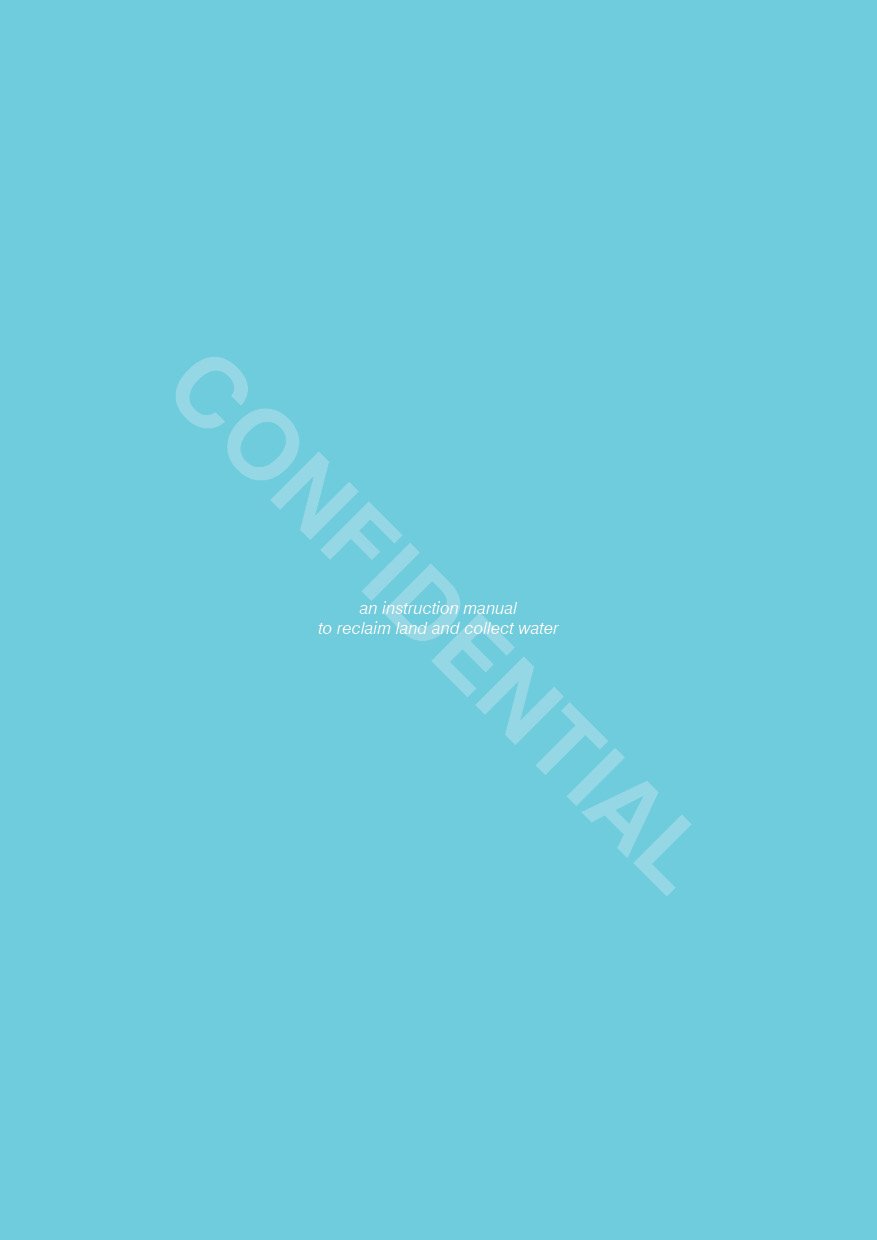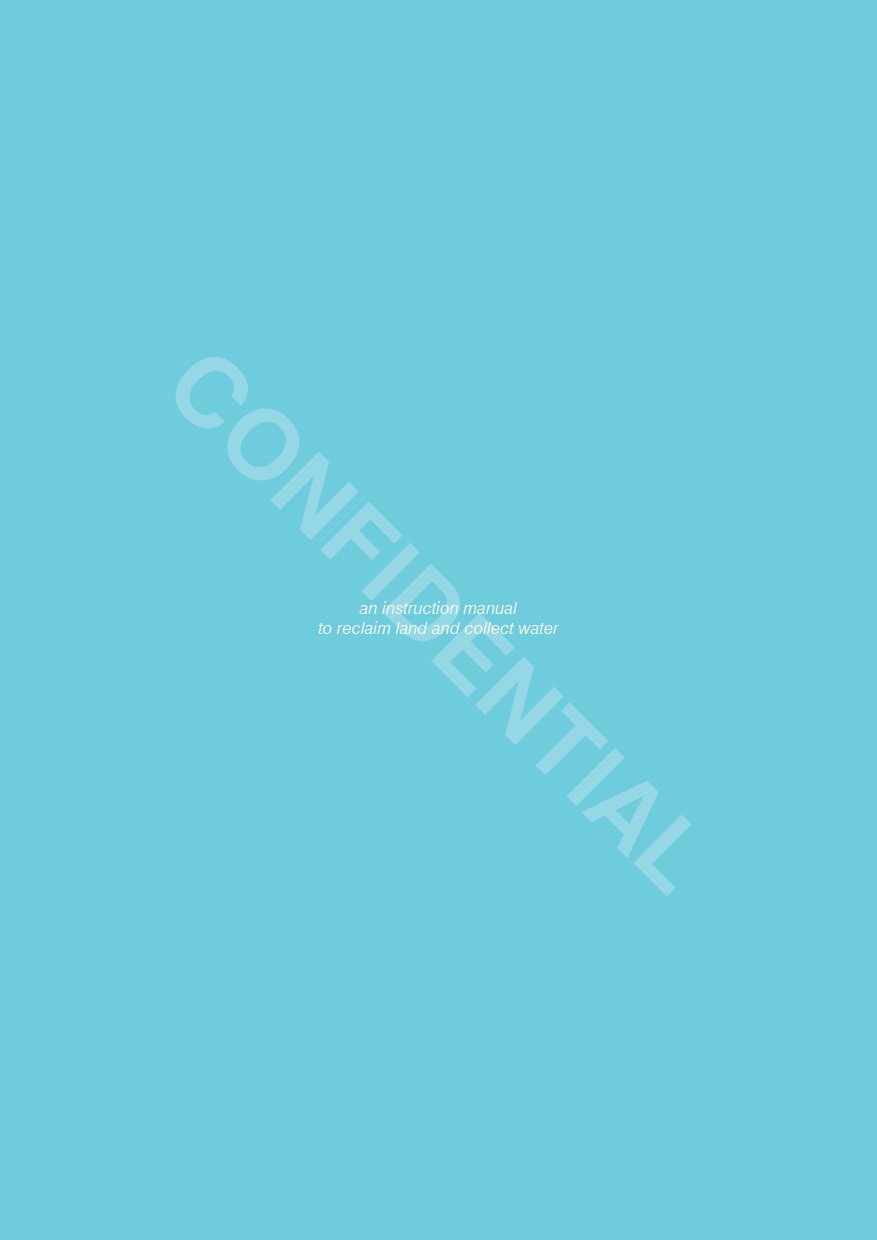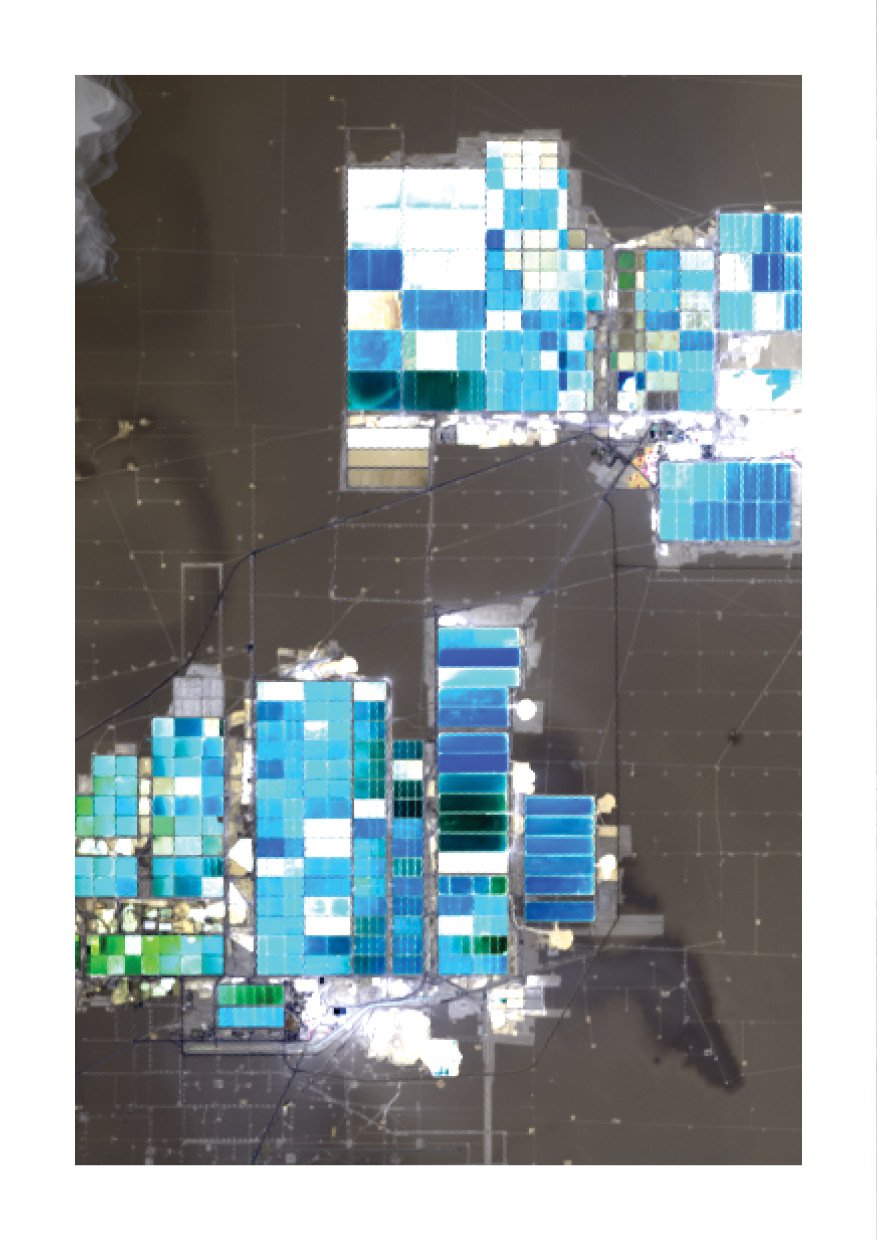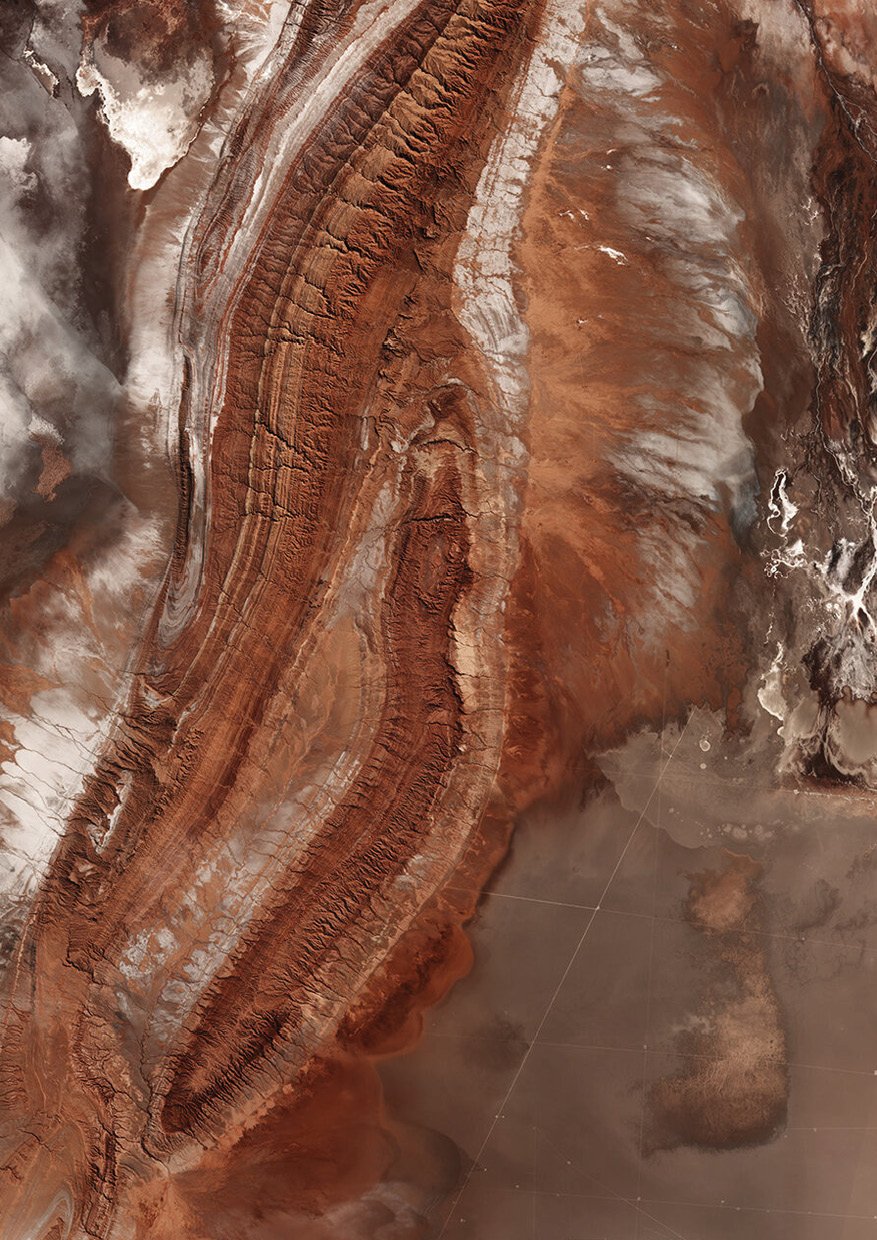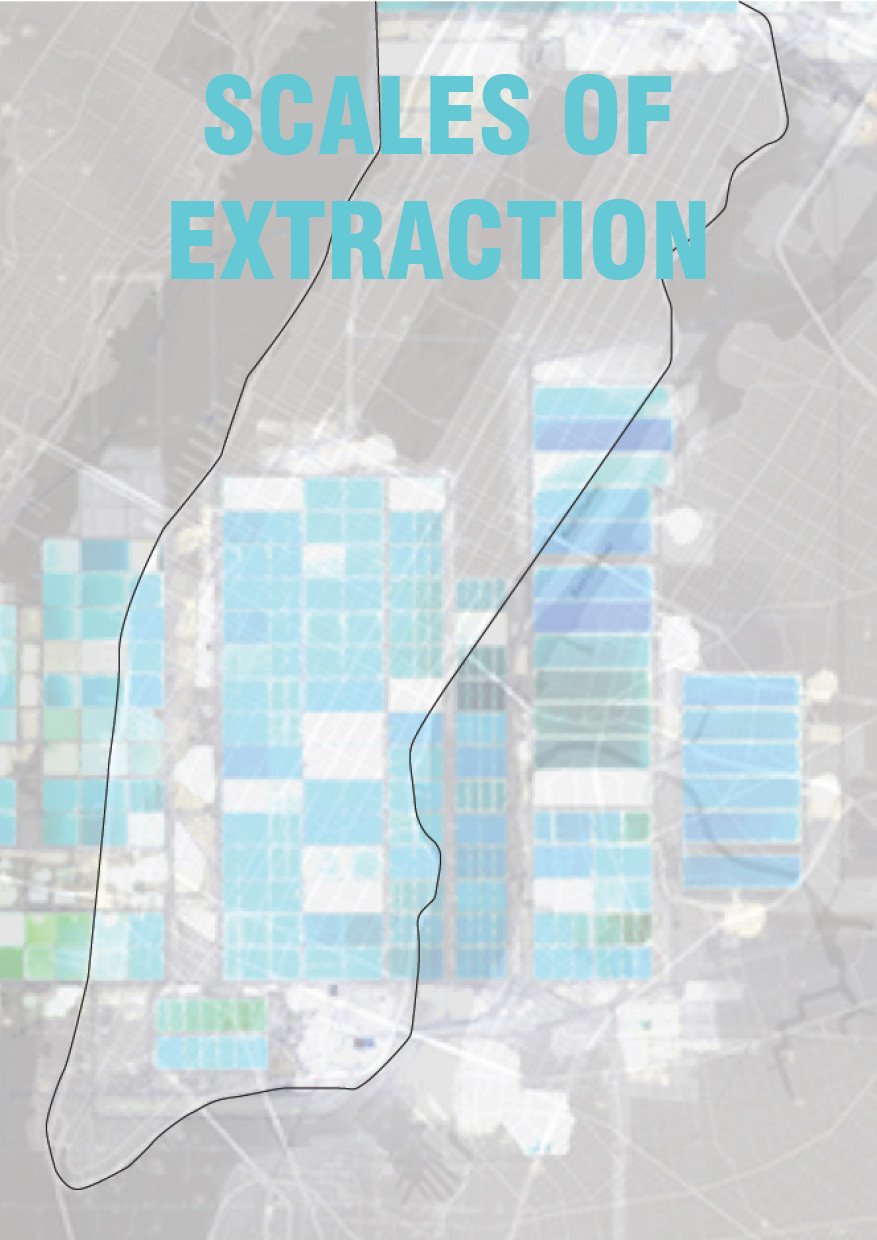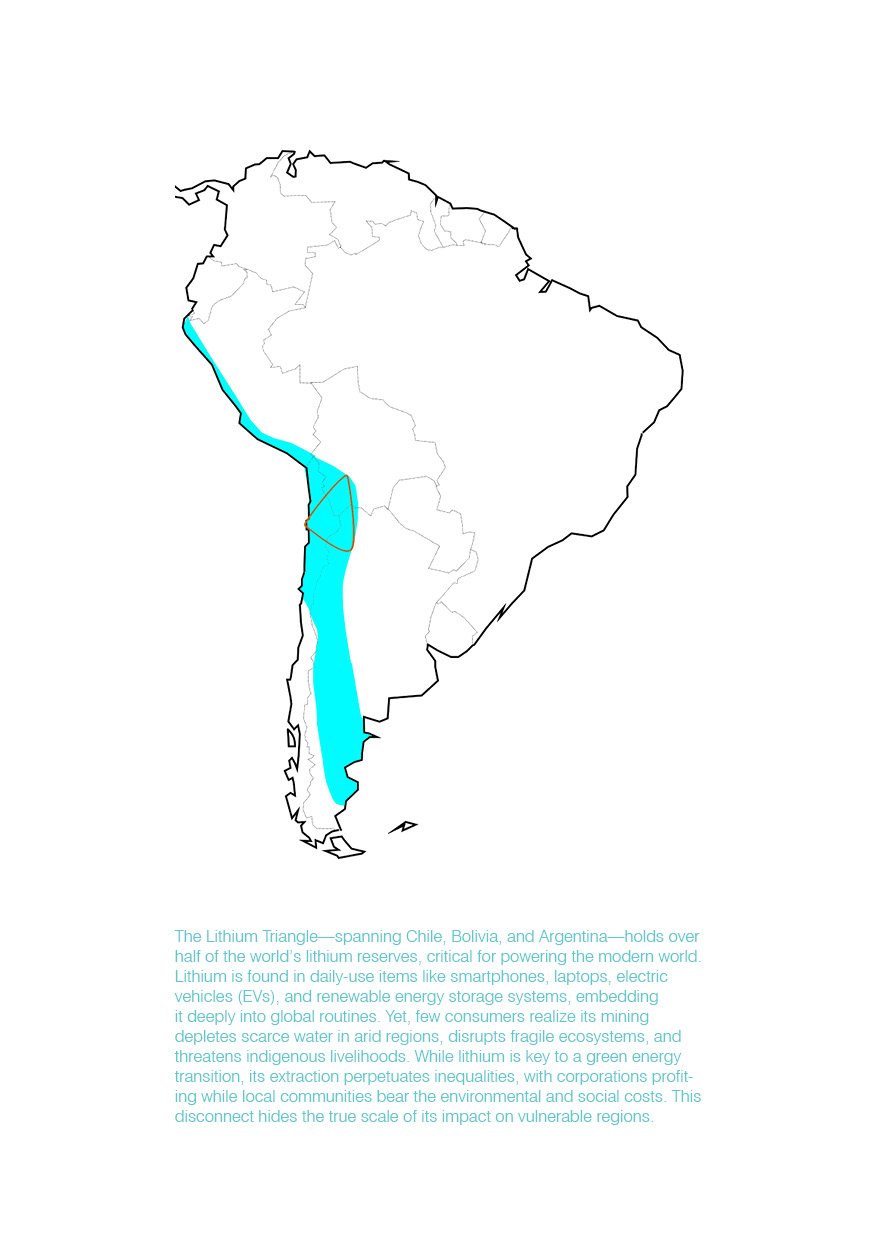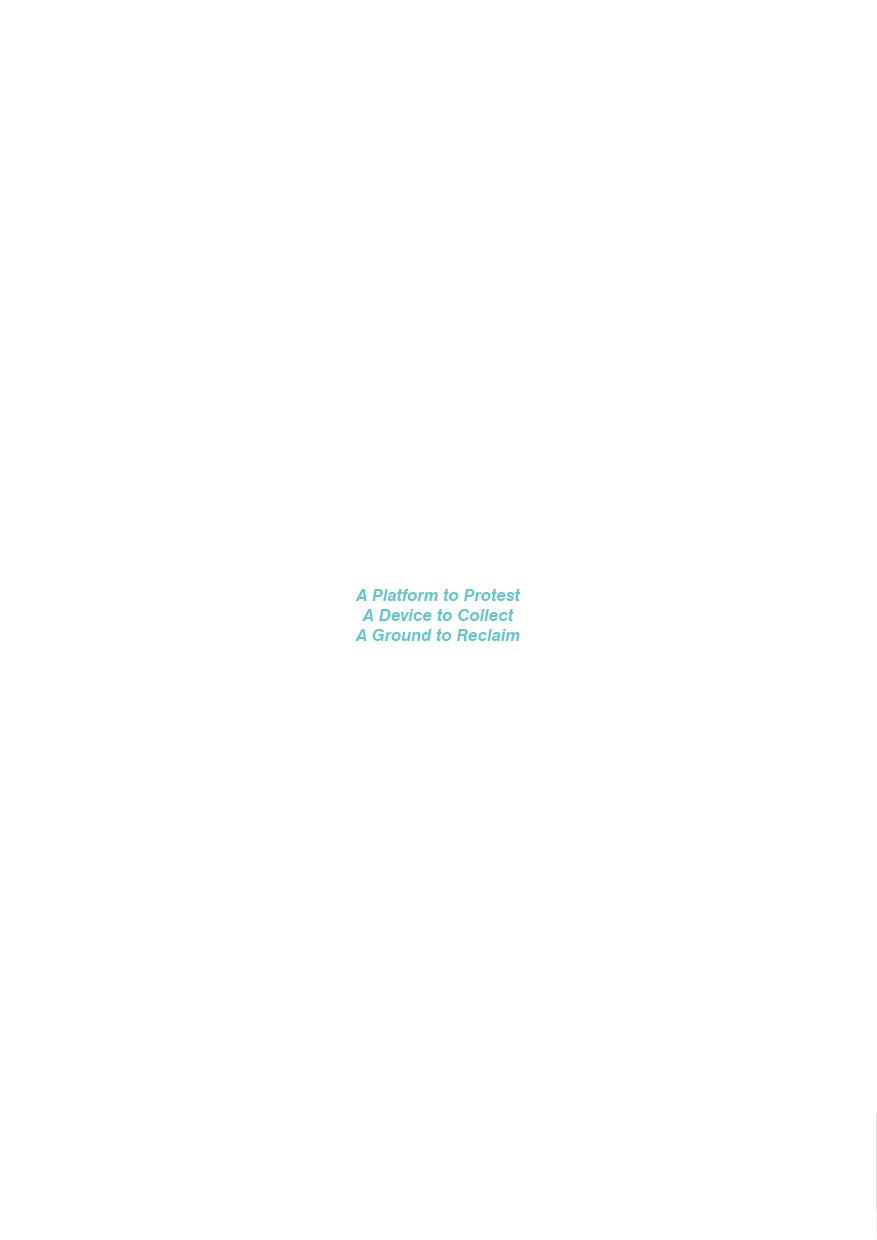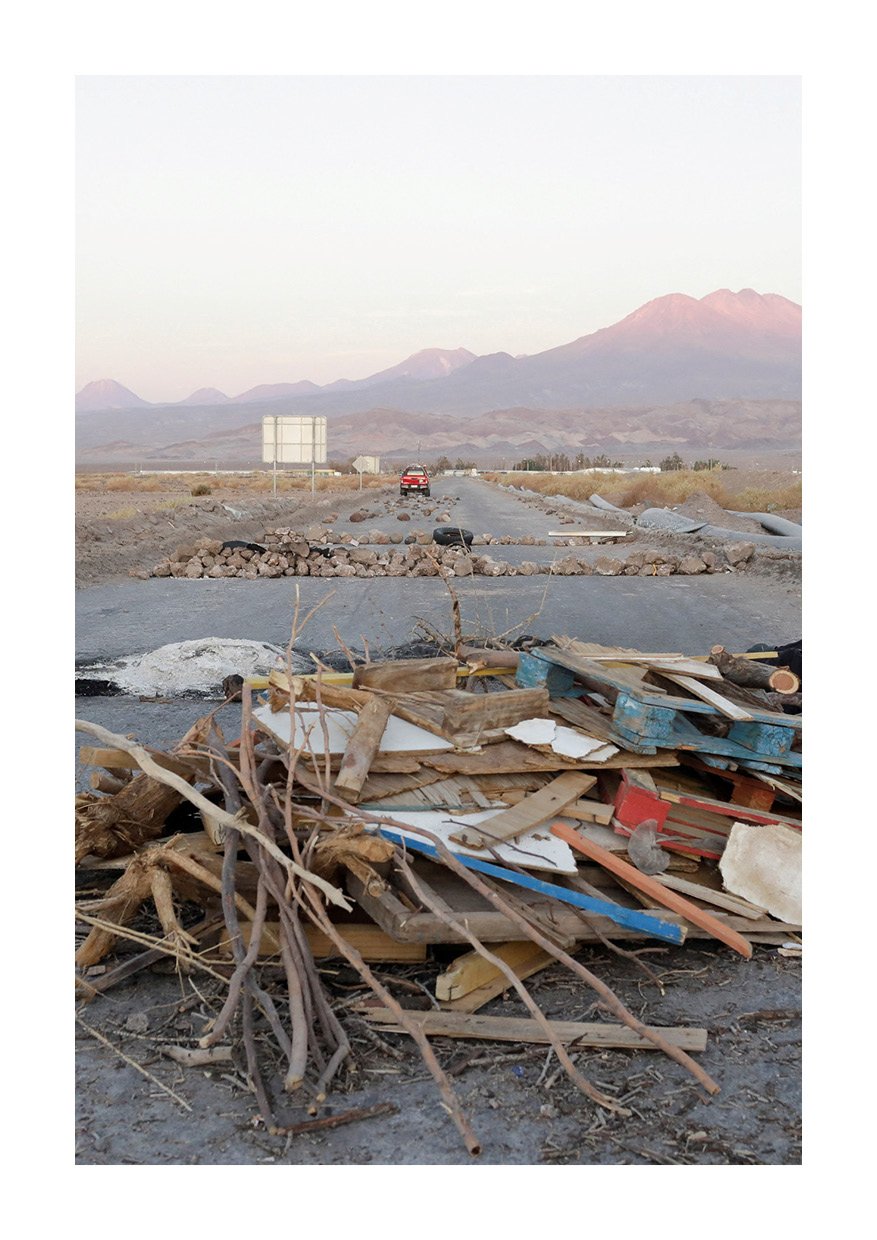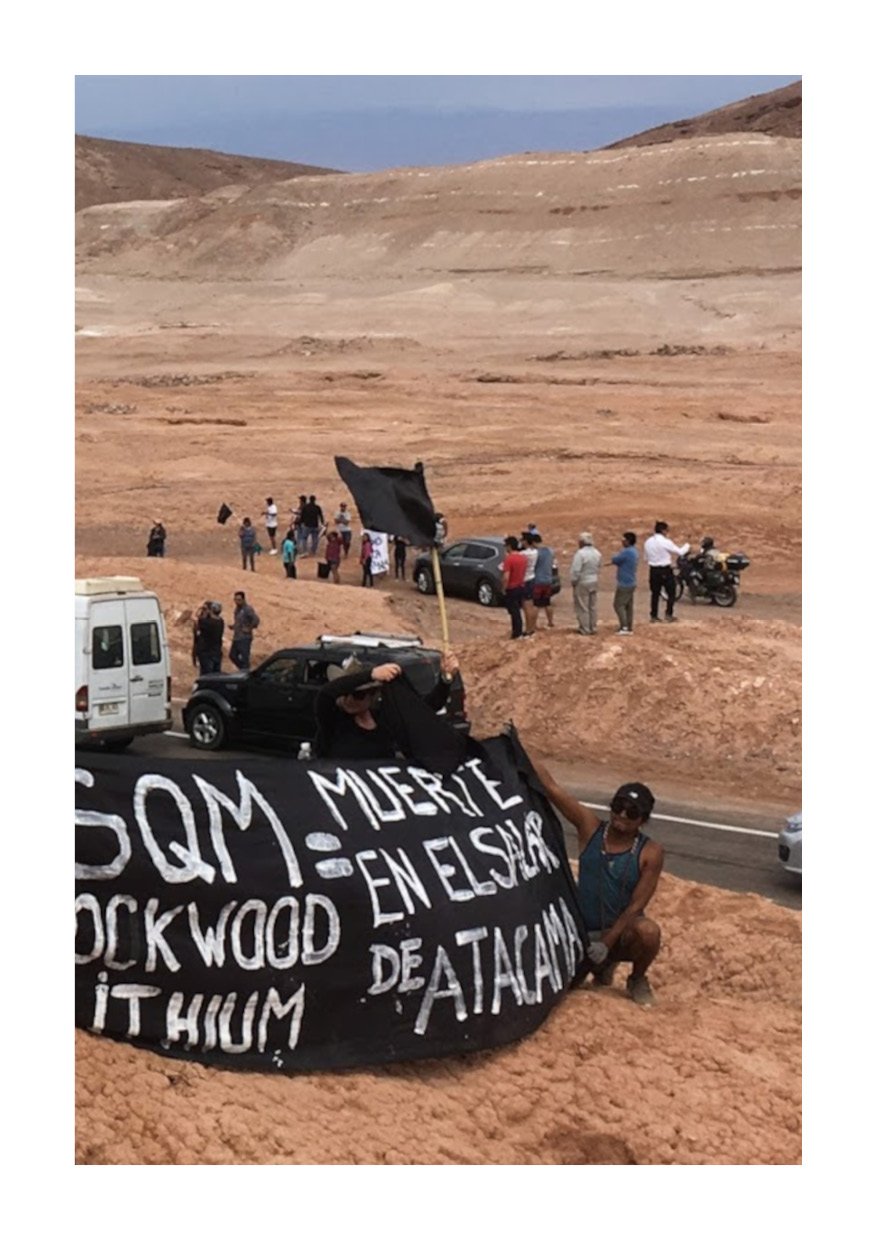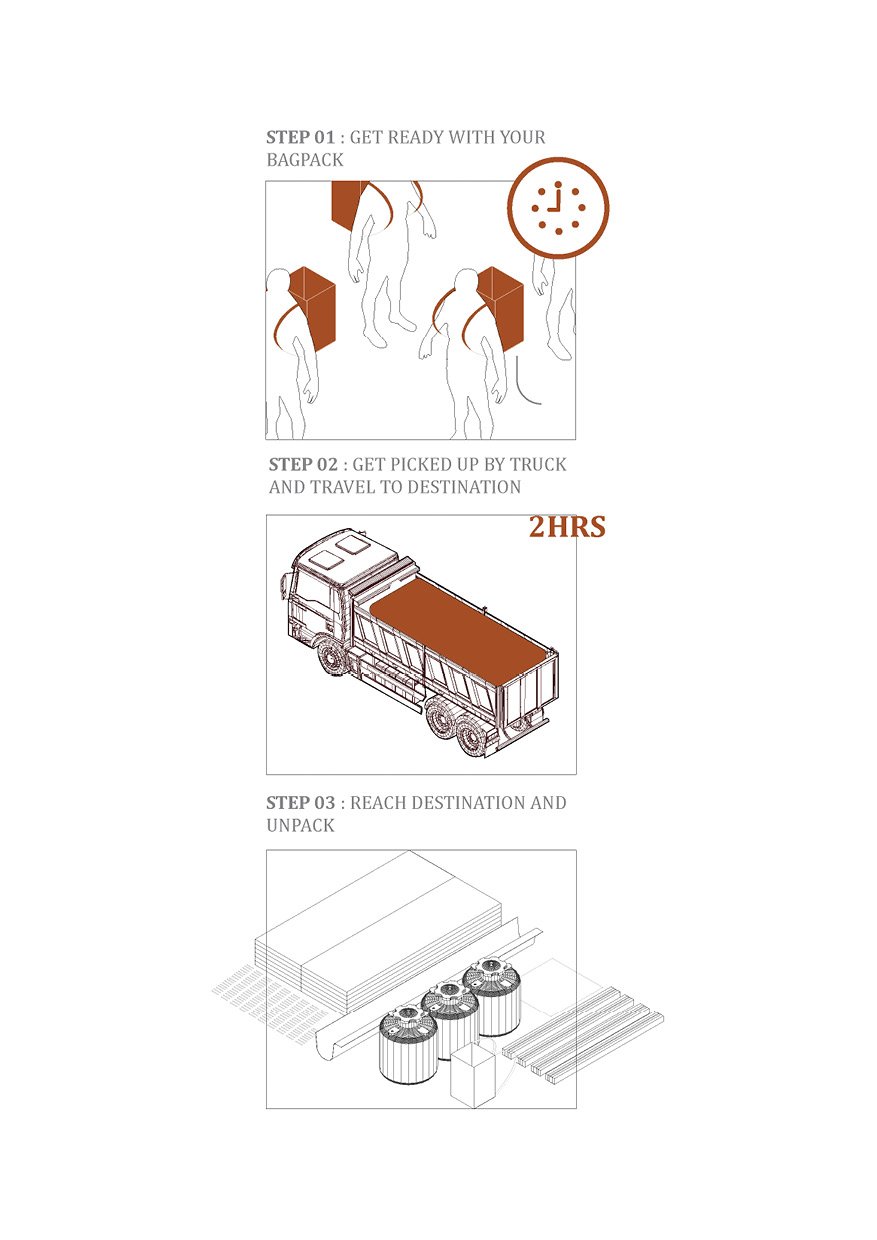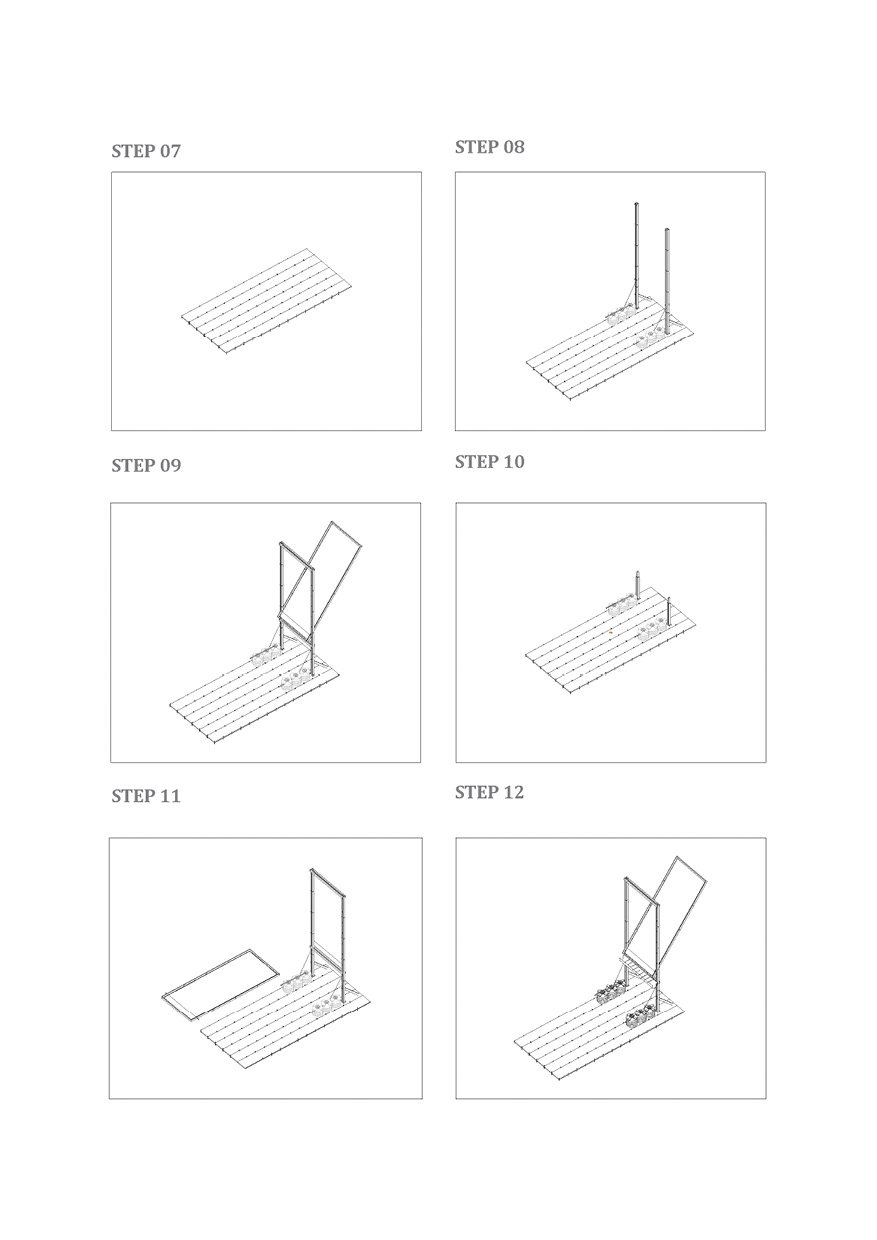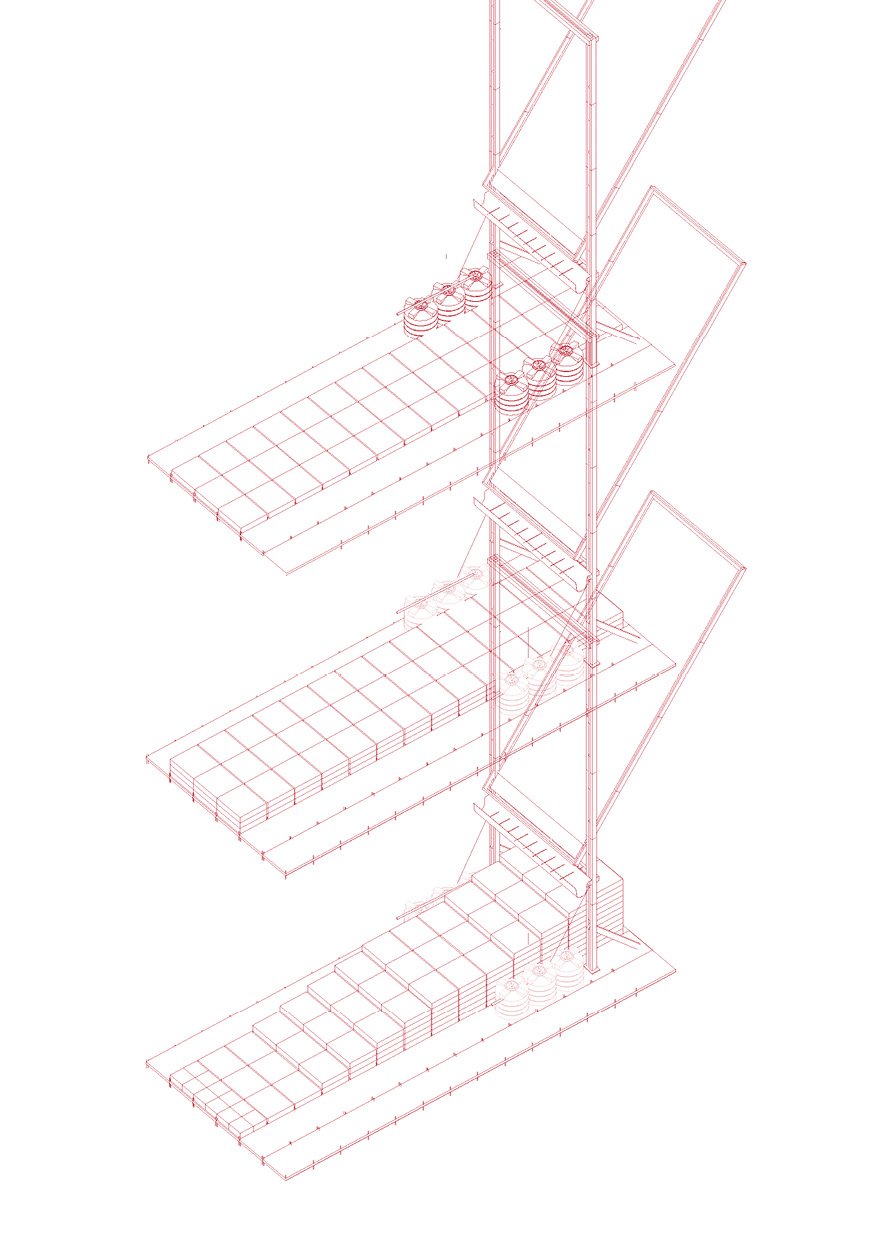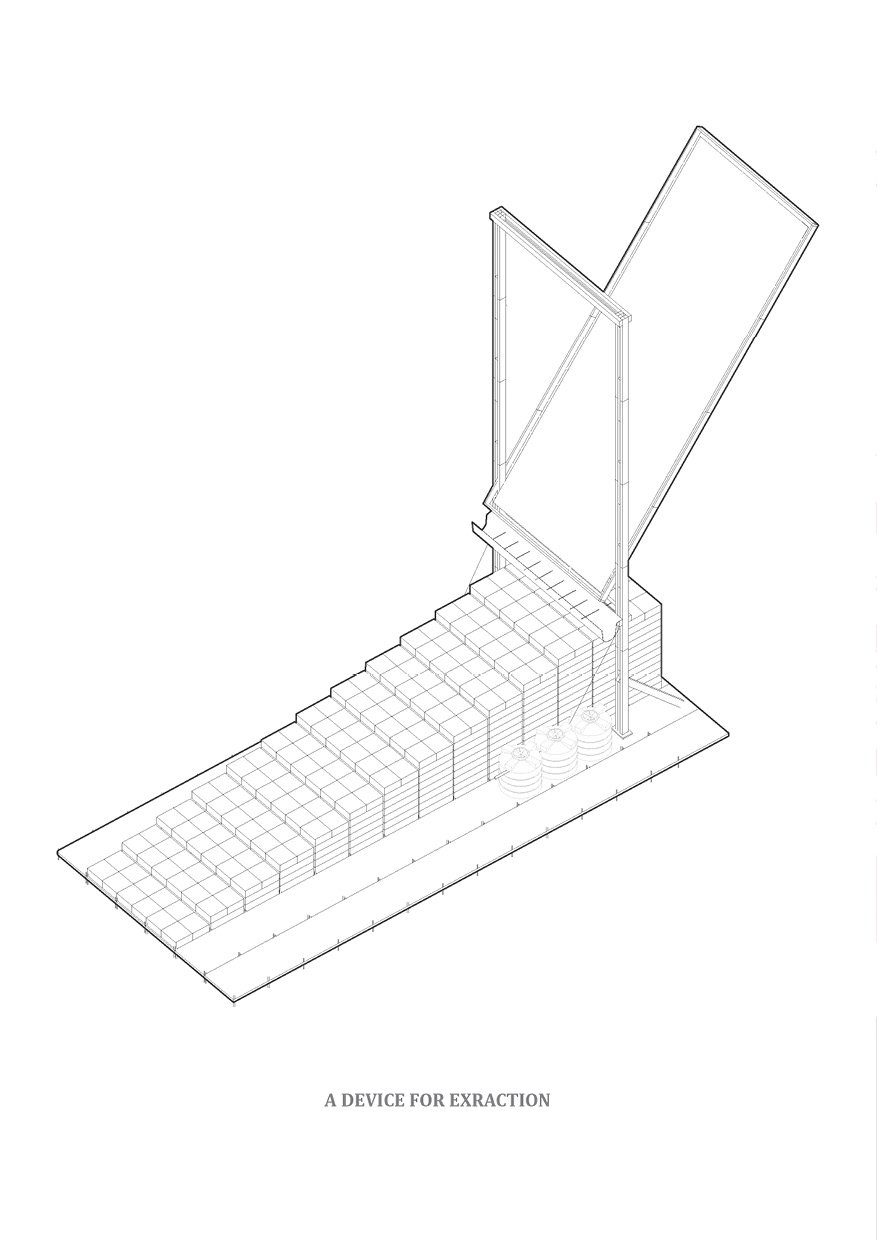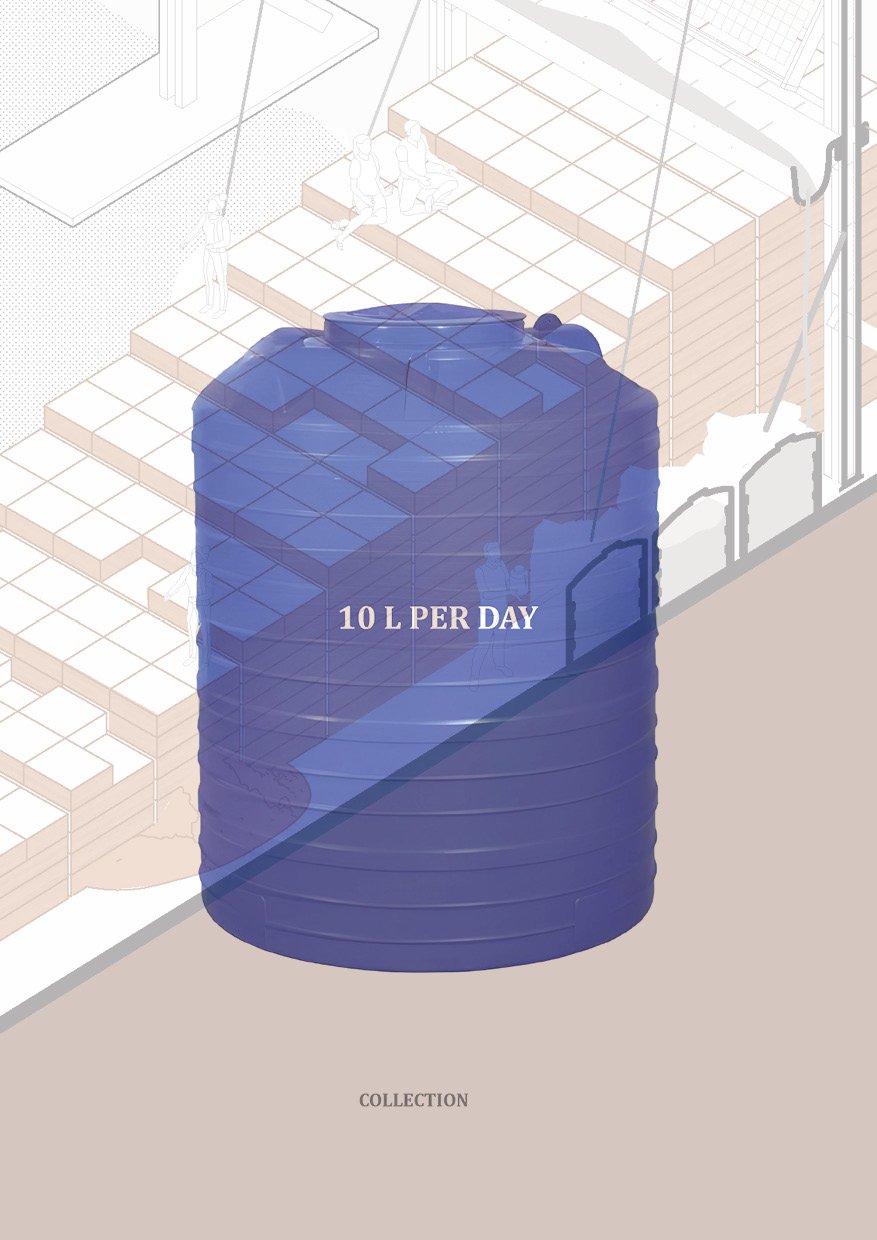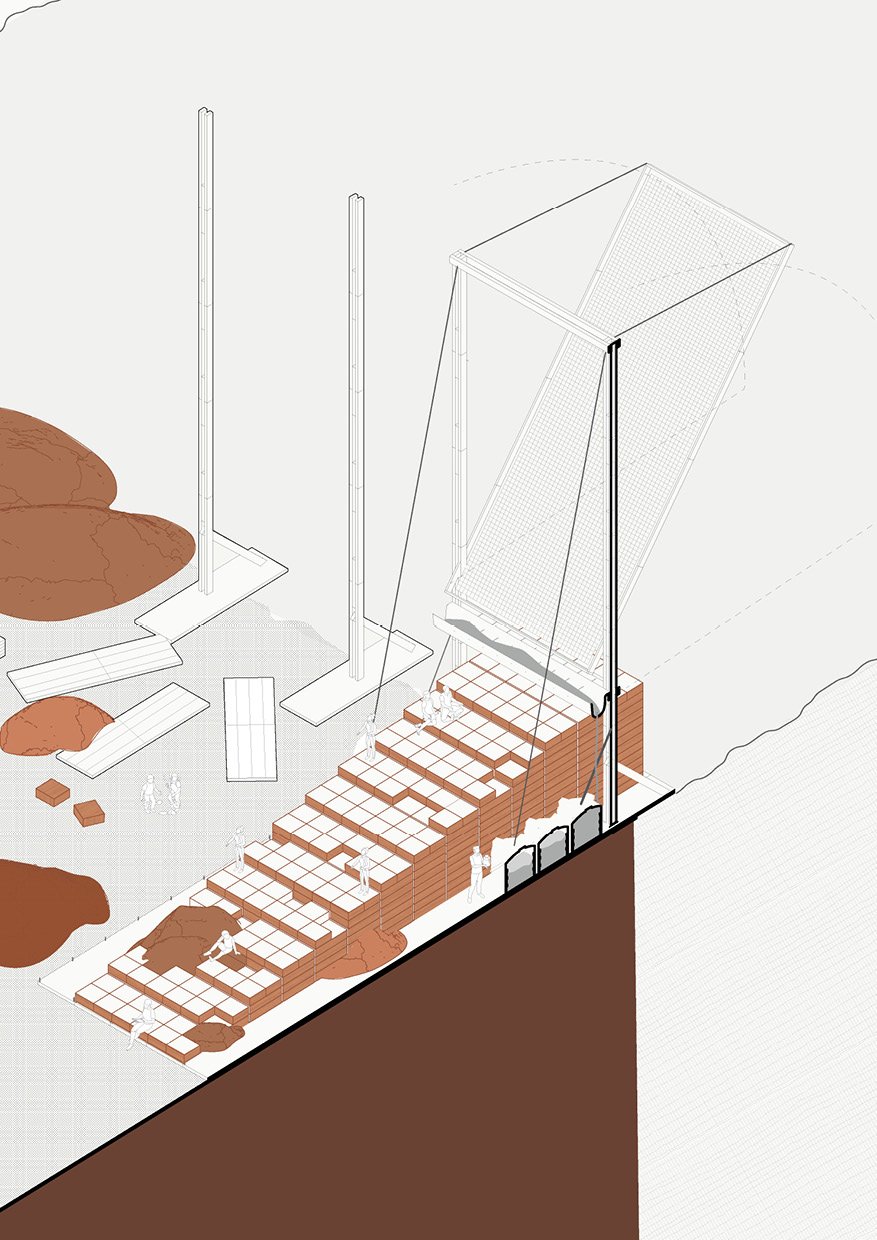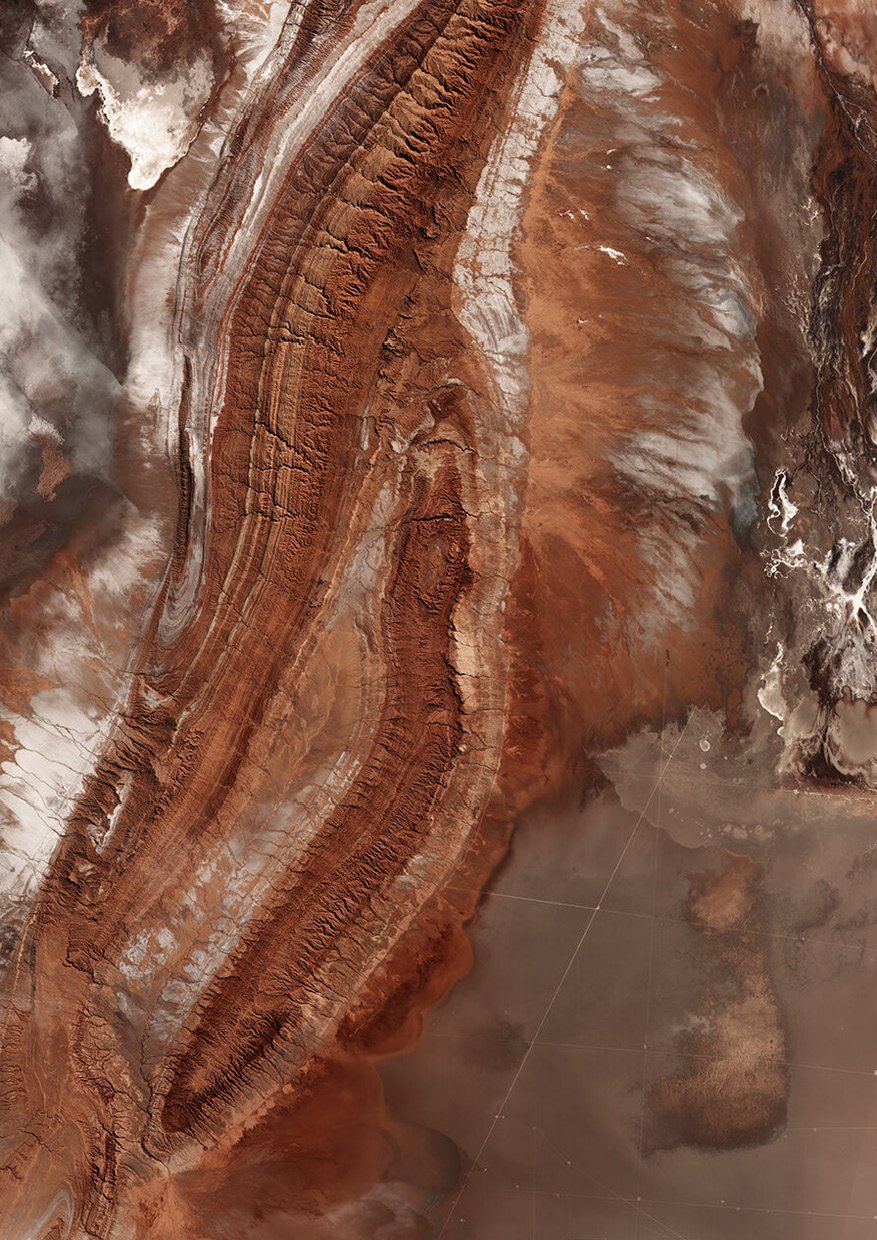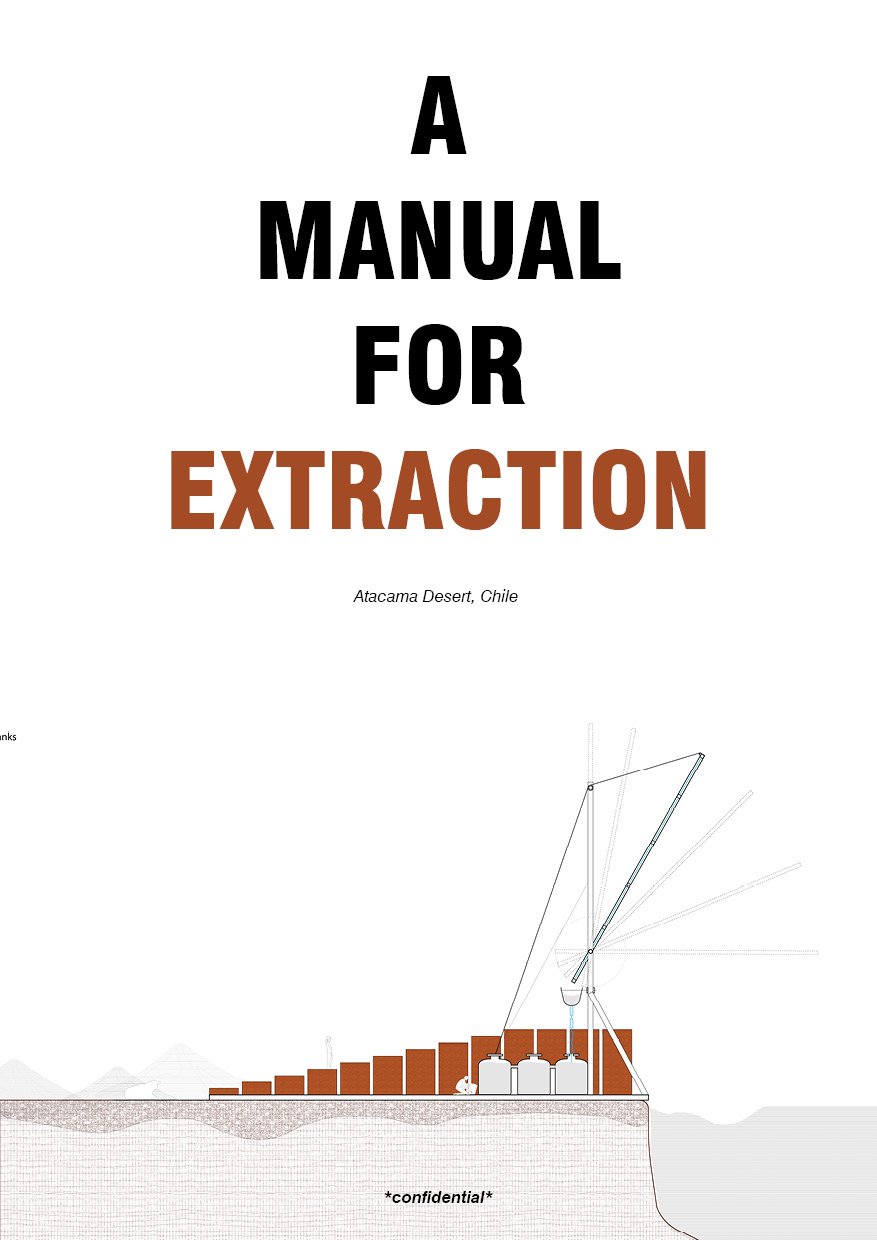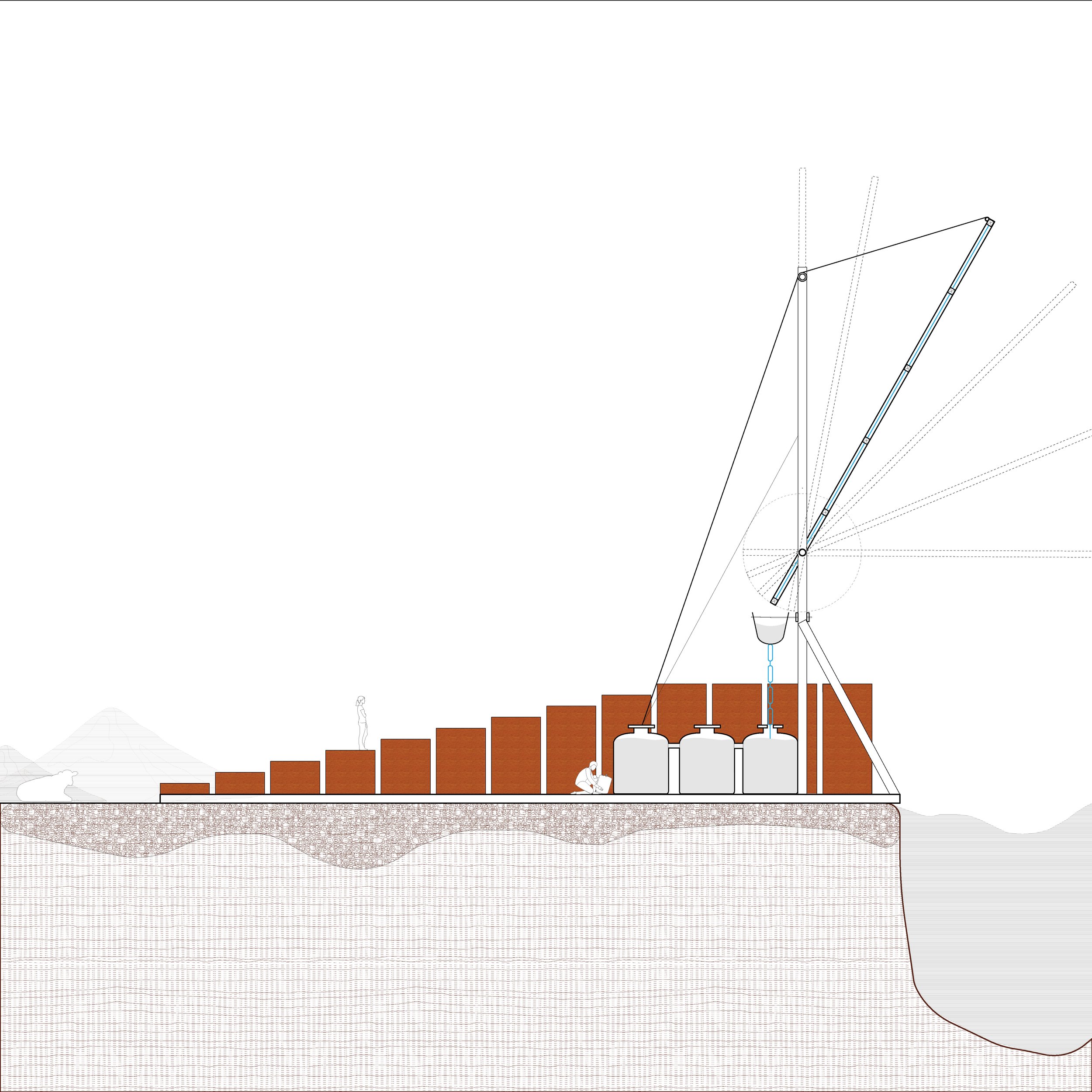
A Manual for Extraction
This project addresses the environmental and social consequences of lithium mining in South America’s Lithium Triangle, where extraction depletes up to 80% of local water resources, threatening ecosystems and depriving communities of essential supplies.
The intervention is twofold: reclaiming land and extracting resources from the extractive process itself to return water to communities.
The project proposes a “Manual” detailing the creation of water recovery systems, such as adaptable fog catchers that collect moisture from natural fog and mining evaporation for agricultural and domestic use. It also outlines the construction of rammed earth structures from Atacama soil, which serve as protest platforms, define boundaries around mines, and provide communal gathering spaces. These strategies empower communities, recover vital resources, and promote environmental resilience.
The Territory: A Map to
Locate the Mines, and capture the extraction
The Device: Creating New Boundaries
Rammed earth blocks, made from the soil of the Atacama Desert, as structures for community access, protest, and gathering spaces. These blocks establish boundaries around the mines, reclaiming land from exploitative operations and creating a space for communal resilience.
These structures are anchored by water storage tanks that act as natural weights, securing the panels and stabilizing the entire structure.
A Manual for Extraction: A Collective Approach as a sign of protest to help reclaim what was theirs.
A Platform to Protest
A Device to Collect
A Ground to Reclaim

